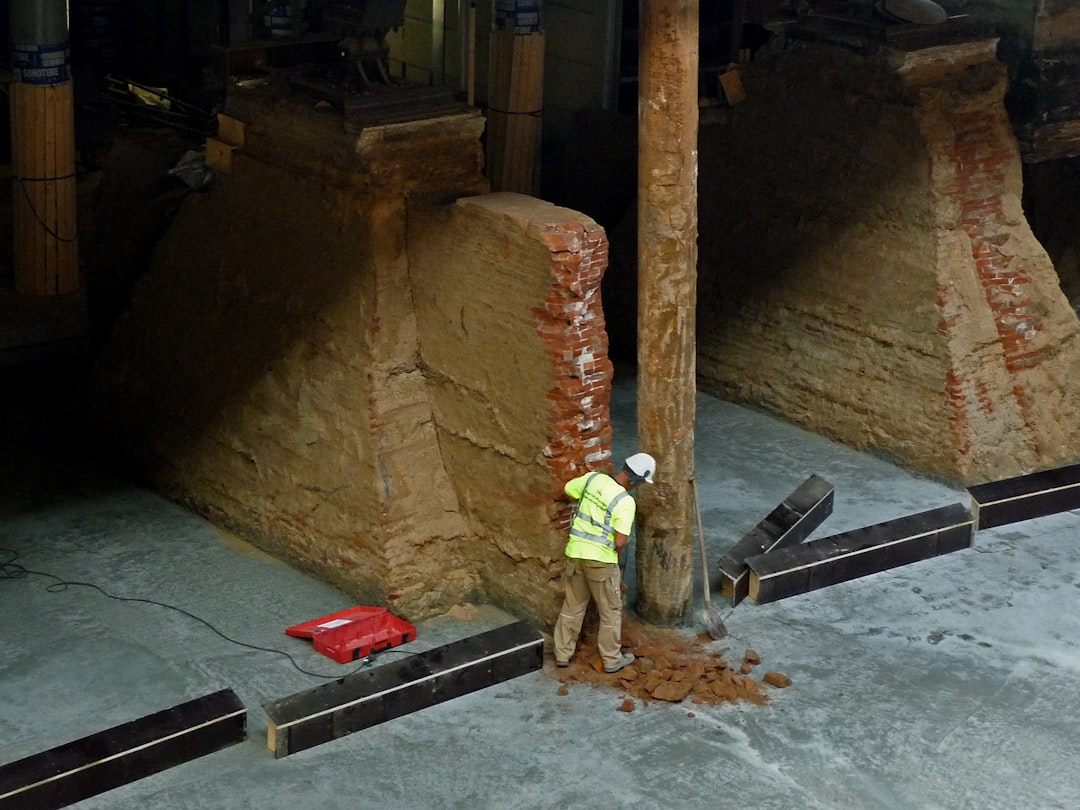The construction industry is undergoing a significant transformation, driven by the need for sustainable, efficient, and cost-effective building solutions. Hybrid construction, a method that combines traditional and modern building techniques, is emerging as a leading approach to meet these demands. This innovative approach leverages the strengths of different materials and methods, resulting in structures that are both robust and environmentally conscious.
Understanding the Core Principles of Hybrid Construction
Hybrid construction isn’t simply using two different materials; it’s about a strategic integration that optimizes the performance of the entire structure. It involves a careful selection of materials and methods based on their specific properties and suitability for different parts of the building. For instance, a project might utilize the strength and durability of concrete for the foundation and load-bearing walls, while incorporating the lightweight and sustainable nature of timber for the framing and cladding. This synergistic approach reduces material waste, construction time, and overall project costs.
Popular Hybrid Construction Material Combinations
The possibilities in hybrid construction are vast. Some of the most popular material combinations include:
- Steel and Concrete: This combination is frequently used in high-rise buildings, leveraging steel’s strength and flexibility for the frame and concrete’s fire resistance and durability for the floors and walls. This approach allows for taller structures with optimized weight distribution.
- Timber and Concrete: This is gaining traction in residential and commercial projects. Timber frames offer speed of construction and reduced carbon footprint, while concrete provides stability and fire resistance in critical areas. This blend often results in aesthetically pleasing structures.
- Steel and Timber: This combination is ideal for large-span structures like warehouses or industrial buildings. Steel provides the structural integrity for the main frame, while timber can be used for internal walls and cladding, offering a more sustainable and cost-effective solution.
- Masonry and Steel: Combining traditional masonry (brick or stone) with steel offers a visually appealing structure with enhanced structural performance. Steel can reinforce the masonry structure, allowing for larger spans and more complex designs.
- Cross-Laminated Timber (CLT) and Concrete: CLT, a highly engineered wood product, is increasingly popular in hybrid structures. It can be combined with concrete for foundations and core elements, offering a strong, sustainable, and aesthetically pleasing building solution.
Advantages of Employing Hybrid Construction Methods
The benefits of hybrid construction are numerous and impactful:
- Increased Sustainability: By using a combination of materials, hybrid construction can reduce the overall environmental impact of a building. It allows for the utilization of sustainable materials like timber while leveraging the strength of more traditional materials where necessary.
- Enhanced Structural Performance: The strategic combination of materials leads to improved structural performance, resulting in stronger, more resilient buildings that can withstand various environmental conditions.
- Cost-Effectiveness: While initial investment might seem higher in some cases, the long-term cost savings associated with reduced material waste, faster construction times, and improved energy efficiency often make hybrid construction a more economical choice.
- Design Flexibility: Hybrid construction offers greater design flexibility, allowing architects and engineers to create innovative and aesthetically pleasing structures that would be difficult or impossible to achieve with traditional methods alone.
- Reduced Construction Time: The integration of prefabricated components and efficient construction techniques often leads to faster project completion times, minimizing disruption and project costs.
Challenges and Considerations in Hybrid Construction
Despite the numerous advantages, hybrid construction presents certain challenges:
- Material Compatibility: Ensuring proper compatibility between different materials is crucial. Careful consideration must be given to thermal expansion, moisture movement, and other factors to avoid potential problems.
- Specialized Expertise: Successful hybrid construction requires specialized expertise in different construction techniques and material properties. A multidisciplinary team is essential for optimal results.
- Design Complexity: The design process for hybrid structures is often more complex than for traditional buildings, requiring detailed analysis and coordination between various disciplines.
- Quality Control: Rigorous quality control is crucial to ensure that the different materials and construction methods are integrated seamlessly and meet the required performance standards.
- Higher Initial Investment (sometimes): While long-term cost savings are often significant, the initial investment for some hybrid construction projects might be higher than for traditional methods.
The Future of Hybrid Construction: Trends and Innovations
The future of hybrid construction looks bright. Ongoing research and development are leading to innovative materials and techniques that further enhance the sustainability, efficiency, and performance of hybrid structures. We can expect to see increased use of advanced materials like bio-based composites, smart materials, and 3D-printed components integrated into hybrid designs. Furthermore, advancements in digital design and construction technologies will streamline the design and construction processes, leading to even greater efficiency and cost savings.
In conclusion, hybrid construction represents a significant advancement in the building industry, offering a pathway towards more sustainable, efficient, and resilient structures. By carefully considering the advantages, challenges, and emerging trends, the construction industry can harness the full potential of hybrid techniques to build a better future.




